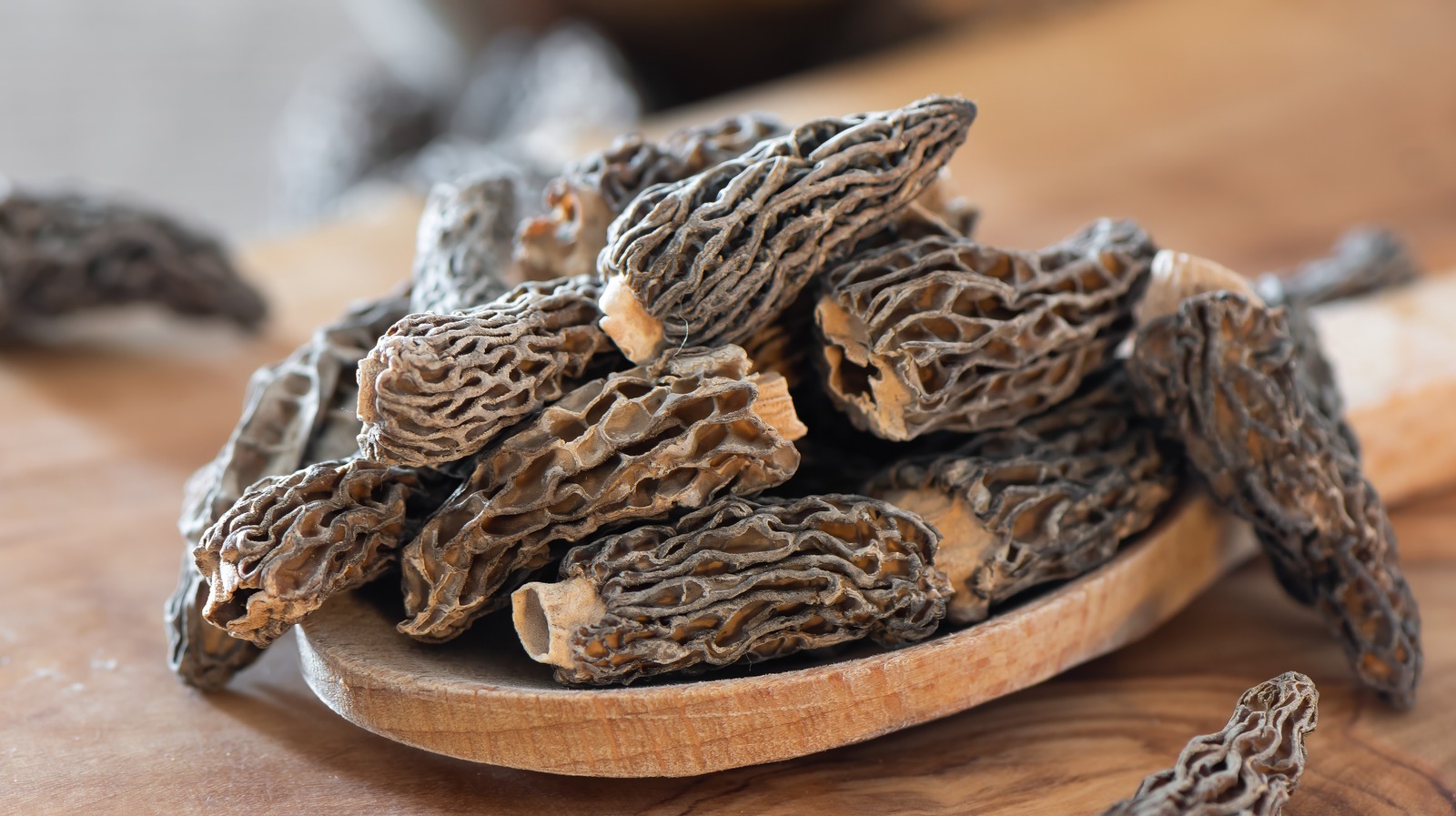Mushrooms are one of those infinitely varied foods, with tons of on offer wherever you go, from shiitakes to chanterelles and porcinis to portabellos. One of the most identifiable varieties is morels. , with a pound often running around $20 or more, but their flavor is worth it; there's nothing quite like the taste of fresh morels.
There's plenty more , but there's one big caveat that makes them trickier to deal with than many other mushroom varieties: You must clean them thoroughly. With most mushrooms, cleaning is simple: You just brush them clear of dirt, and you're good to go. Granted, there is a healthy debate about whether you need to wash them (and there is an ), but it's not usually necessary.

The process for cleaning morels, though, is more complicated owing to their tendency to trap dirt far more than many of their fungal cousins. Generally, you're looking at a three-step process: shaking, rinsing, and drying. Morels have a tendency to trap a lot of debris You will never confuse morels for anything else because, visually, they are striking.
Their conical shape is recognizable, but even more so are the wrinkly, almost brain-like caps that give them their distinct texture. But those wrinkles don't merely affect the eating experience, as they also foster lots of little nooks and crannies that trap dirt, grit, and even tiny bugs – things you definitely don't want to be eating. That is why cleaning morels is more involved than cleaning, for instance, white button mushr.























